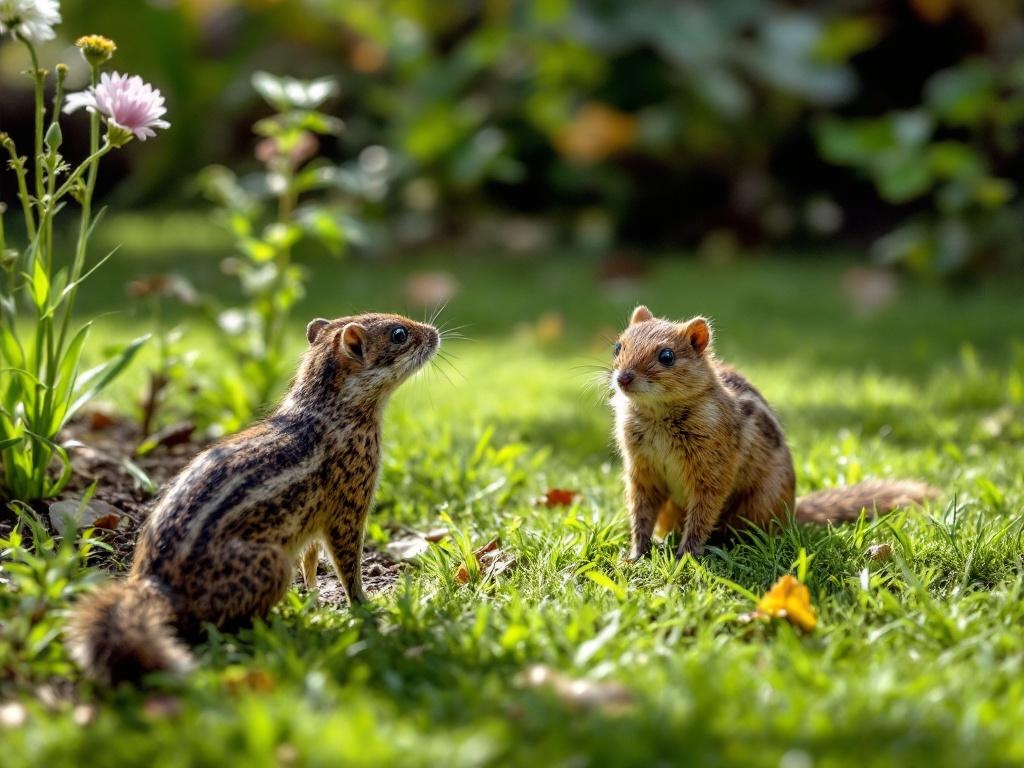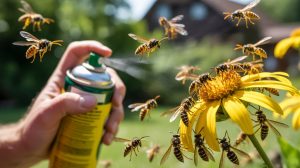Critter Control for Denver Properties
If you’re a Denver homeowner, dealing with unwanted wildlife like raccoons, squirrels, or bats can disrupt your peace. Critter control in Denver offers humane solutions to protect your property while respecting nature. For instance, understanding animal habits and implementing preventative measures are key to minimizing damage. Denver’s urban sprawl, nestled near natural habitats, makes wildlife encounters common. Moreover, professional services ensure ethical practices. Let’s explore how critter control in Denver creates a balanced environment for coexistence. Regular maintenance keeps your home secure. A proactive approach prevents costly repairs. By addressing issues early, you safeguard your yard’s beauty.
Understanding Denver’s Common Wildlife
Denver’s unique position near the Rockies attracts a variety of wildlife, from raccoons rummaging through trash to squirrels nesting in attics. For example, bats may roost in eaves, while birds like magpies damage gardens. Understanding their habits—such as nocturnal activity for raccoons or chewing behaviors for squirrels—is crucial for critter control in Denver. Moreover, deer graze on shrubs, and rabbits nibble plants, impacting landscaping. By observing feeding patterns and entry methods, you can tailor solutions. These animals enrich Denver’s ecosystem, but unchecked, they cause structural damage. Learning their behaviors fosters coexistence. Regular monitoring prevents escalation. For instance, noting activity times informs trap placement.
Preventative Measures for Denver Homes
To manage wildlife effectively, critter control in Denver begins with prevention. Secure trash in animal-proof containers with locking lids to deter raccoons, bears, and rodents. For example, store bins in garages until pickup day. Install fencing—6-8 feet for deer, buried 6-12 inches for rabbits—to protect gardens. Moreover, keep yards tidy by removing debris, fallen fruit, and birdseed. Trim overgrown bushes and tree branches touching roofs to block access. By fixing leaky faucets and eliminating standing water, you reduce attractants. Store firewood off-ground and away from walls to avoid snakes or mice. These steps make your property less appealing. Consistent upkeep ensures long-term protection. Additionally, educating neighbors enhances community efforts.
|
Measure |
Description |
|---|---|
|
Secure Trash |
Use animal-proof containers; store indoors if possible. |
|
Fencing |
Install sturdy barriers; bury for burrowing animals. |
|
Property Maintenance |
Remove debris, trim vegetation, secure compost. |
|
Water Control |
Fix leaks, eliminate standing water. |
Humane Trapping Techniques in Denver
When prevention isn’t enough, critter control in Denver employs humane trapping. Use live traps tailored to species—small traps for squirrels, larger ones for raccoons. For instance, bait with peanut butter for raccoons or seeds for squirrels, placing traps along pathways or near damage. Check traps every few hours to minimize stress, especially in Denver’s variable weather. Moreover, cover traps with a blanket to calm animals. Wear thick gloves to avoid bites. By consulting professionals, you ensure safe handling. Denver’s wildlife laws may require permits for certain species. Additionally, traps should be sturdy to prevent escape. Regular checks uphold ethical standards. This approach protects both animals and your property.
Ethical Relocation for Denver Wildlife
After capturing critters, critter control in Denver focuses on ethical relocation. Release animals several miles away in natural habitats with food, water, and shelter, per Denver regulations. For example, transport in secure, ventilated containers to reduce stress. Choose sites away from roads or urban areas, like forested parks. Moreover, allow animals to exit traps at their own pace. By verifying local laws, you avoid fines—some species, like bats, require special handling. Professionals ensure compliance and animal welfare. Additionally, document release sites to track success. Relocation prevents return while supporting wildlife survival. For instance, squirrels thrive in wooded areas with abundant nuts. This method fosters sustainable coexistence.
Securing Denver Homes Against Critters
Preventing re-entry is critical for critter control in Denver. Inspect your home for gaps, cracks, or damaged vents. For instance, seal siding gaps with caulk and cover vents with 1/4-inch wire mesh. Install chimney caps to block raccoons or birds. Moreover, seal utility entries (pipes, wires) with steel wool or foam. Check roofs for loose shingles or eaves vulnerabilities. By repairing foundation cracks with concrete patch, you deter rodents. Regular inspections maintain defenses. Additionally, professionals use durable materials for lasting protection. Denver’s freeze-thaw cycles can widen gaps, so annual checks are essential. This ensures your home remains critter-free.
|
Access Point |
Repair Method |
|---|---|
|
Gaps in Siding |
Use caulk or sealant. |
|
Vents |
Cover with wire mesh. |
|
Chimneys |
Install animal-proof caps. |
|
Utility Entries |
Seal with steel wool or foam. |
Building a Wildlife-Friendly Denver Yard
Creating a wildlife-friendly yard enhances Denver’s ecosystem while deterring critters from your home. Plant native species like columbines or serviceberry to attract pollinators and birds. For example, install bird baths or ponds away from your house to provide water. Use natural pest control methods, avoiding pesticides that harm beneficial wildlife. Moreover, secure compost bins to prevent rodent access. Install fencing that allows small animals (e.g., butterflies) passage while blocking larger critters. By creating brush piles or rock gardens far from your home, you offer shelter elsewhere. Additionally, native plants require less maintenance. This approach supports biodiversity and critter control in Denver. Regular upkeep ensures boundaries are maintained.
Frequently Asked Questions
How Do I Identify Wildlife Causing Damage in Denver?
Look for signs like chewed wires (squirrels), overturned trash (raccoons), or droppings (bats) for critter control in Denver. Consult professionals for accurate identification.
Is It Legal to Trap and Relocate Wildlife in Denver?
Trapping requires compliance with Colorado wildlife laws. Some species need permits for critter control in Denver; check with local authorities.
What Attracts Wildlife to My Denver Yard?
Trash, pet food, water sources, and debris draw critters. Remove attractants for effective critter control in Denver.
Can I Prevent Wildlife Without Harming Them?
Yes, use fencing, secure trash, and natural deterrents. Critter control in Denver prioritizes humane methods for coexistence.
How Often Should I Inspect My Home for Critter Entry Points?
Inspect annually, especially before winter, for critter control in Denver. Denver’s weather can create new gaps over time.
By mastering critter control in Denver, you can humanely manage unwanted wildlife while protecting your property. Secure trash, install fencing, use humane traps, and relocate critters ethically to foster harmony. Moreover, sealing access points and building a wildlife-friendly yard ensure lasting results.
For professional expertise, contact Above and Beyond Services to implement critter control in Denver, creating a safe.
Key Takeaways
-
Secure trash in animal-proof containers to deter wildlife for critter control in Denver.
-
Install fencing to protect gardens and vulnerable areas from critters.
-
Use species-specific live traps for humane capture with minimal stress.
-
Relocate animals to suitable habitats, adhering to Denver’s wildlife regulations.
-
Seal access points like vents and gaps to prevent critter re-entry.





